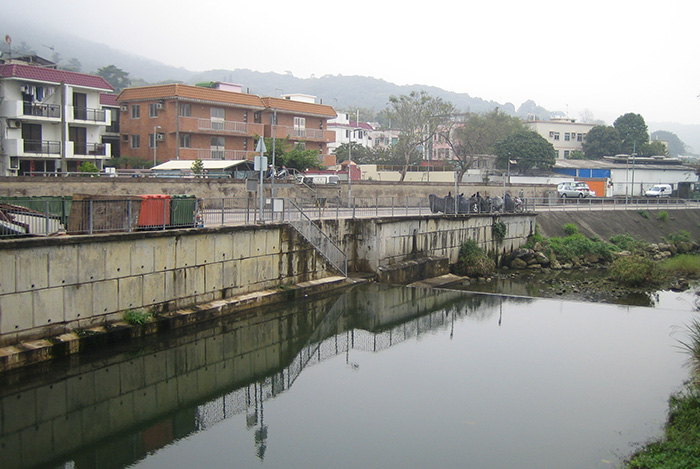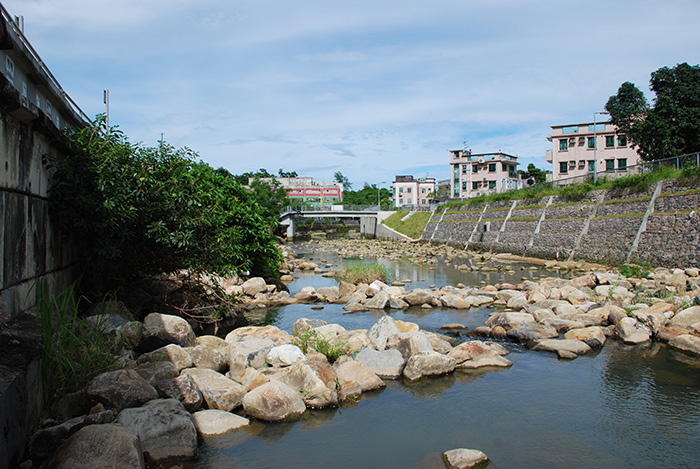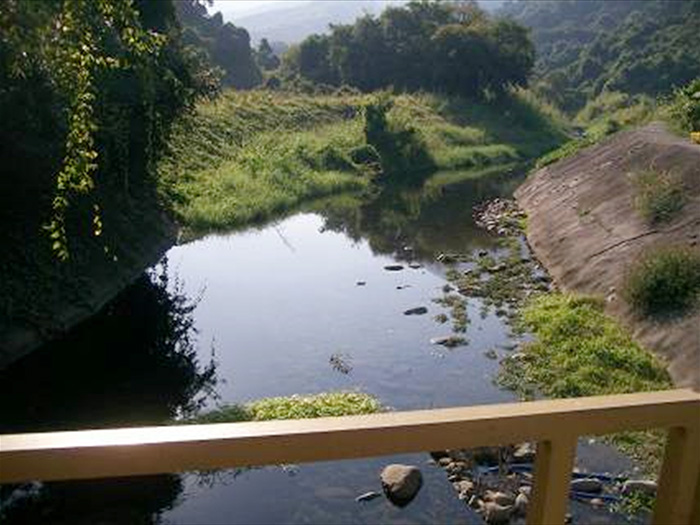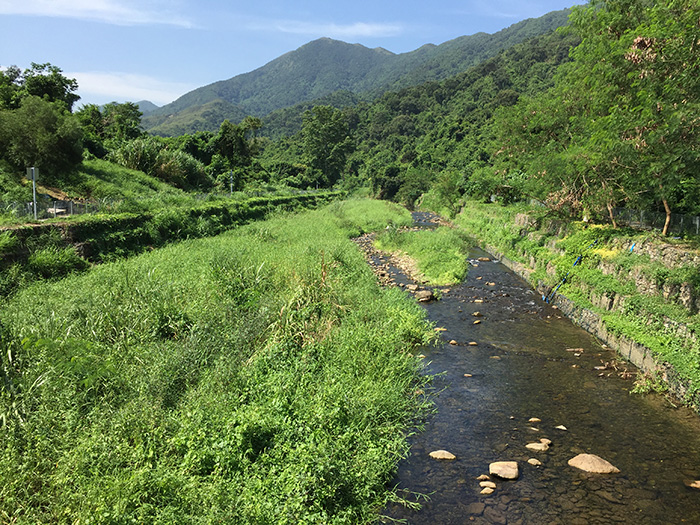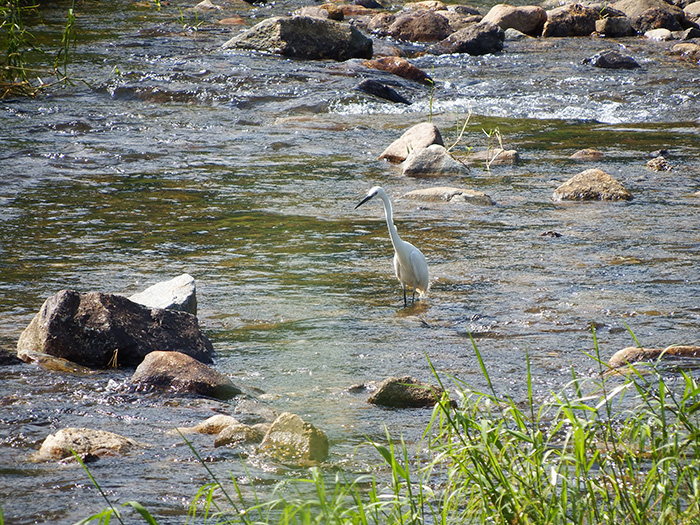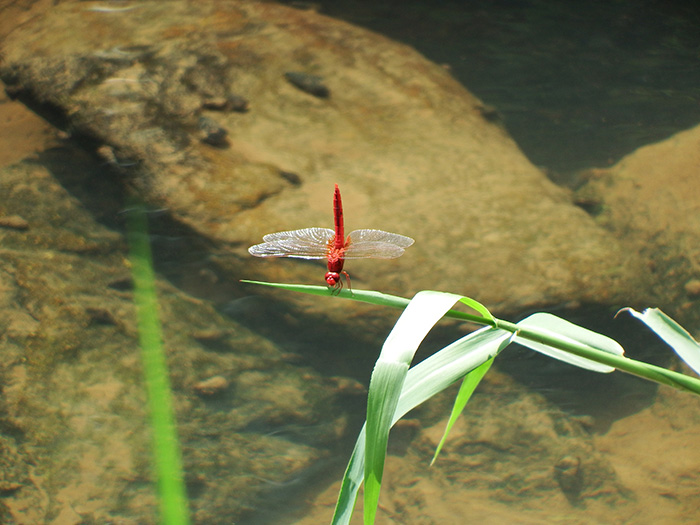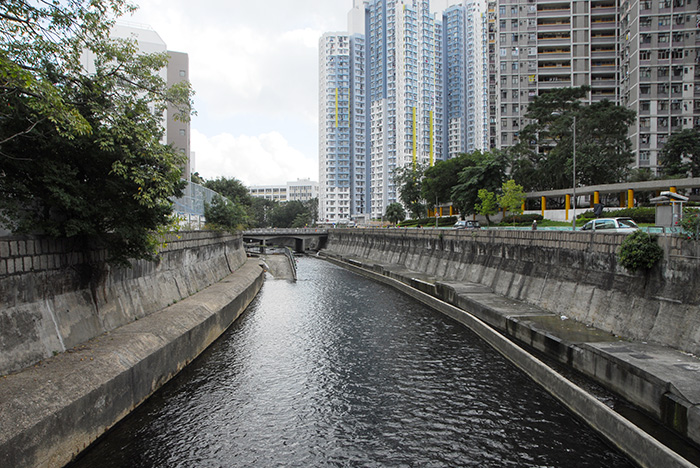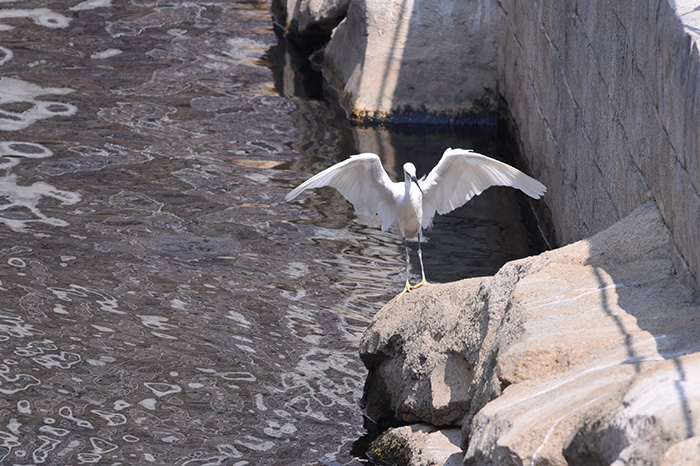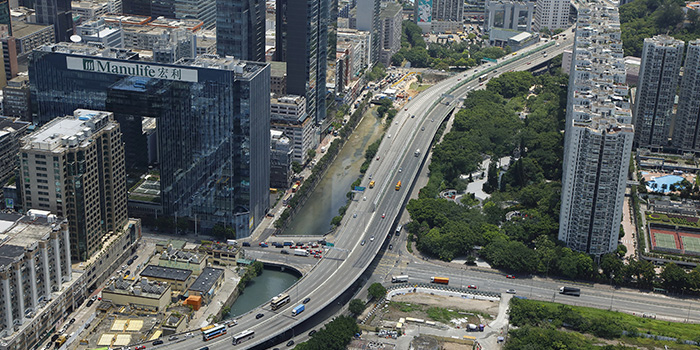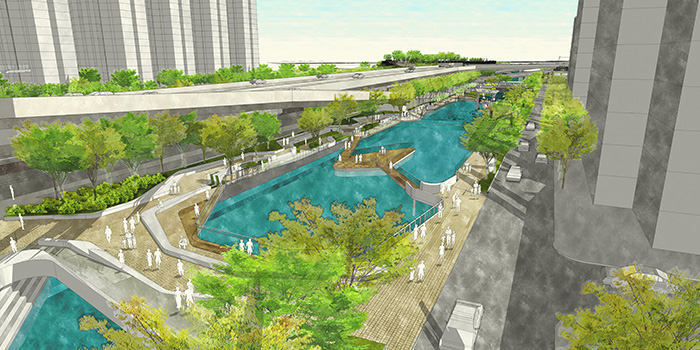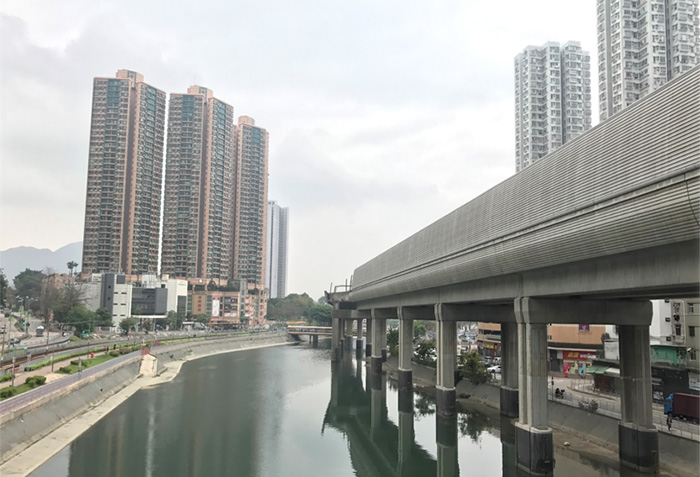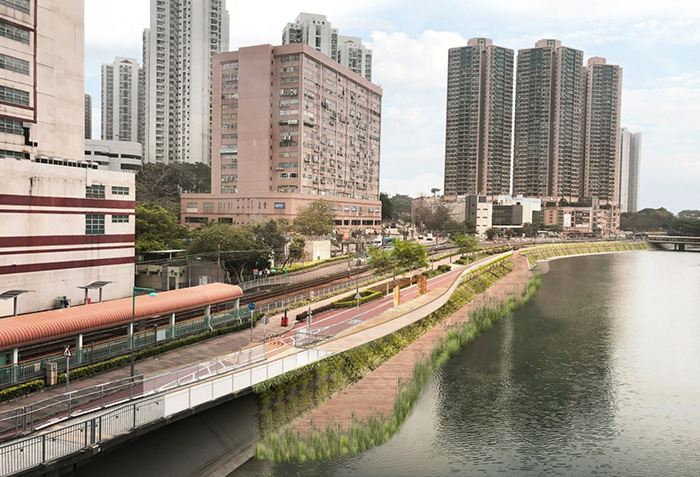River Revitalisation for the Good of Water
"Laozi" said: "The highest goodness is like water. Water benefits all things without struggle.” Water, nourishing all things, is an indispensable element of life; water, being non-competitive in nature, embodies the quality of versatility that allow it to adapt to variety of environments. Aspiring to emulate water in recent years, DSD has been actively developing new ideas, optimising our works in flood prevention and sewage treatment to enhance the quality of life of the public and adopting different innovative technologies to follow the nature and integrate the drainage facilities into the community. When designing river channels, we promote the concept of revitalisation of water bodies to make good use of water’s character.
Innovative Ideas for River Revitalisation
While employing cost-effective and ecologically responsible methods to optimise drainage services, we introduce sustainable drainage systems with green and eco-conservation elements, including planting a variety of vegetation and creating natural stream environments. These measures can preserve river ecosystems and promote wildlife growth to increase river biodiversity. In a nutshell, other than achieving effective river drainage, we aim to revitalise rivers, introduce green elements, beautify the scenery, as well as promote biodiversity and water-friendly activities so as to develop sustainable drainage facilities for creating a more liveable environment.
River Revitalisation Elements
River sections are now undergoing detailed planning that ties in with their unique features, aiming to ensure full integration of drainage facilities with other land uses and strengthen community connectivity. This multi-purpose land use concept can create a better living environment. The examples below outline the concepts, designs and effectiveness of our river revitalisation initiatives.
Ho Chung River and Upper Lam Tsuen River Improvement Works
Our engineers also enhanced biodiversity by introducing eco-conservation elements to the natural stream habits for fish and other aquatic wild life. In Lam Tsuen River, for example, plants that flourished on the gabion banks and natural riverbed have sustained both the original water quality and biodiversity of the water body. After completion of the Upper Lam Tsuen River Improvement Works, ecology professionals appointed by DSD conducted four years of ecological monitoring. In 2017, the study found that the numbers of bird, fish and dragonfly species were restored to pre-construction levels. In particular, the population of one rare species in Lam Tsuen River --- Hong Kong Newt --- exceeds the previous level from just over 200 recorded by pre-construction baseline monitoring to more than 600 recently. All these encouraging results stand witness to the project team’s stellar performance in nature conservation.
Kai Tak River Improvement Works
Known as Kai Tak Nullah in the past, the approximate 2.4km Kai Tak River is one of East Kowloon’s major drainage channels. Due to urban developments and extreme weather conditions, serious flooding occurred in Choi Hung Road during rainstorms, affecting nearby residents. As the nullah did not meet the current flood prevention standards, DSD implemented river improvement works in stages to improve the 1.1km section of the nullah in Wong Tai Sin. Before the project began, we rolled out “Building Our Kai Tak River”, a two-stage public engagement programme, jointly with the Civil Engineering and Development Department and the Planning Department and finalised the design principles of the project: prioritising flood prevention, avoiding decking the channel as far as possible, and transforming Kai Tak Nullah into the first urban green river corridor in Hong Kong ― Kai Tak River.
Construction works commenced in stages from October 2011 and are expected to be completed in 2018. The approved project estimate for the improvement works is about $2.8 billion.
Kai Tak River (Wong Tai Sin Section) before and after the improvement works
DSD also seized the opportunity to improve the scenery of the local urban setting and provide leisure place for the public to enhance overall living environment of the area. To this end, greening and ecological elements were included in the Kai Tak River Improvement Works to revitalise this water body into an urban green river corridor that links the river closely with the local neighbourhood. After revitalising the Kai Tak River, we often see birds and fishes on the riverside.
Construction works commenced in stages from October 2011 and are expected to be completed in 2018. The approved project estimate for the improvement works is about $2.8 billion.
Looking Ahead
In addition to integrating the river revitalisation concept into the existing drainage projects, DSD will continue to include water body revitalisation elements in New Development Area drainage plans to create better living environments for the community. Revitalised urban channels and nullahs can create more public space where people can enjoy the waterfront and engage in water-friendly activities such as walking, jogging and cycling.



